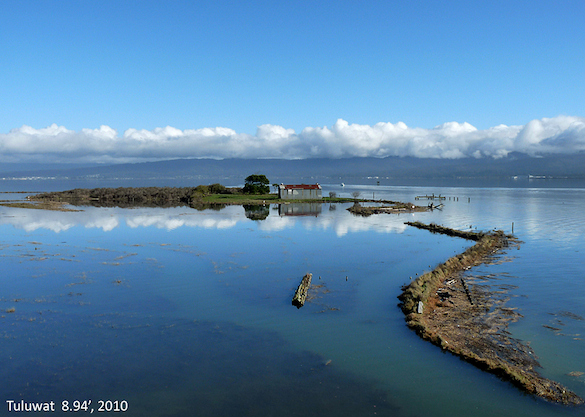In the mid-2000s, Hog Island Oyster Company in Tomales Bay had grown into a thriving business that included an oyster bar in San Francisco’s historic Ferry Building.Then, abruptly, Sawyer couldn’t find any more baby oysters to grow. He’d long bought tiny seed oysters from commercial hatcheries along the Pacific Coast, which produced billions of larvae in a typical year. Suddenly, most of these larvae were dying. “The hatcheries were experiencing unusually high mortalities,” says Sawyer. “At the critical moment, when we needed to plant our seed oysters, none were available.”Winds on the West Coast often blow from land to sea and push ocean surface waters away from the shore. As this happens, colder and nutrient-rich water from the deep rises to replace it. These upwellings make the waters along the West Coast some of the most biologically productive and ecologically diverse in the world. But the water that rises from the deep is also naturally more acidic because as dead marine life sinks into the deep, then decomposes, it produces CO2.When the already CO2-enriched upwelling deep sea rises to the surface and encounters even more carbon dioxide from the atmosphere, it turns “corrosive,” says former California Sea Grant director Moll.
This hits shellfish hatchlings particularly hard. Oyster larvae build their first protective shells within six hours after emerging from the egg. The shells protect the larvae as they float in the water column, where they’ll remain until they’re large enough to attach to rocks or other substrates.
If calcium carbonate is scarce on the day of hatching because the wind has caused mineral-dissolving deep water to well up, the effort of building the shell can easily overwhelm young oysters. Those that don’t die outright become highly susceptible to disease and predators. If any survive at all, they grow unusually slowly.
Read More
 In a
In a 

